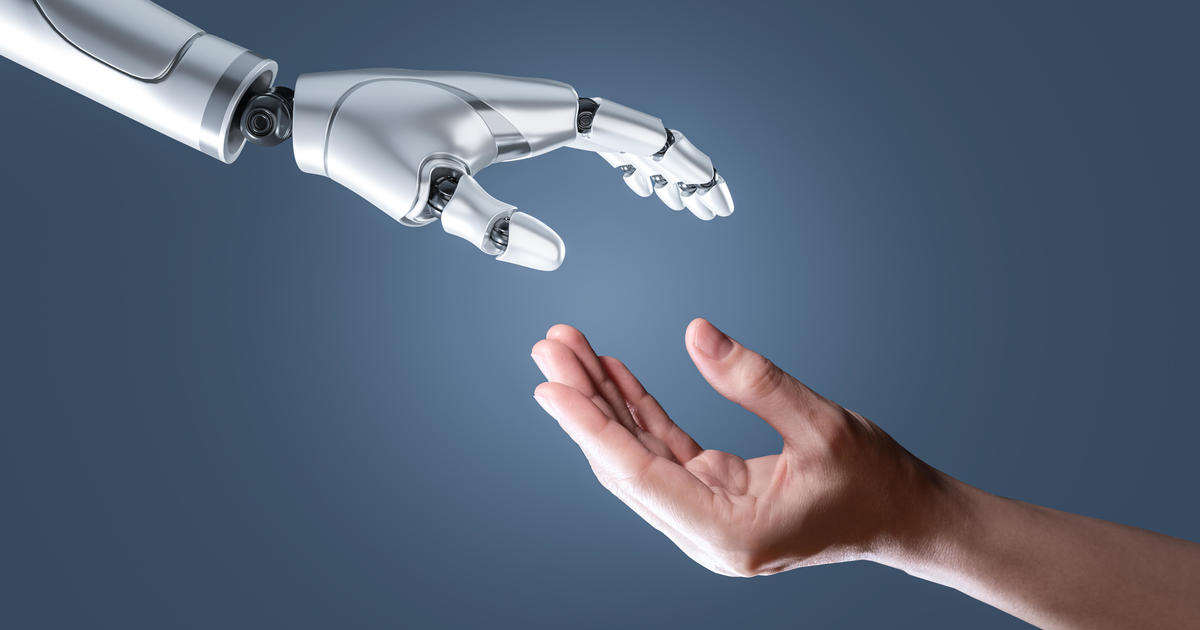The rise of artificial intelligence, such as ChatGPT, has sparked concerns about these tools replacing human workers in various professions. Despite the potential for technology to create new jobs, recent research from Indeed suggests that certain white-collar workers are at risk.
“Surprisingly, knowledge workers face the highest level of exposure in this regard, which is different from what we’ve seen with previous revolutions,” said Svenja Gudell, chief economist at Indeed. “In the past, automation mainly replaced manual labor.”
Unlike previous waves of technological innovation, jobs that rely heavily on in-person, low-wage labor are expected to be less susceptible to AI. Gudell also mentioned that occupations like driving and child care still require a human touch and are unlikely to be fully automated.
Which jobs are most vulnerable?
In its analysis, Indeed found that software and coding jobs currently have the highest exposure to AI replacement. Generative AI is proficient in performing 95% of the skills required for these positions.
Other professions at risk include information technology, mathematics, information design, legal, and accounting. On the other hand, jobs like truck and taxi driving have lower exposure to AI, as the technology can only adequately perform around 30% of the necessary skills. Cleaning, sanitation, beauty, and wellness jobs are also relatively insulated due to their in-person nature.
According to Indeed, jobs that are more suitable for remote work are more likely to be impacted by generative AI-driven changes.
“Many in-person jobs heavily rely on the human element. While generative AI can assist to some extent, a nurse still needs to be present to draw blood. Sales representatives rely on in-person communication when dealing with clients,” Gudell explained.
It’s important to note that AI is unlikely to completely replace humans, even in areas where the technology excels. However, it may replace workers in repetitive roles that can be optimized with AI to increase productivity.
“Employees can use these tools to focus on higher-level, more productive skills in their jobs. Employers may also rely on generative AI to streamline processes, reducing the need for as many employees,” said Gudell.
Indeed’s data shows that 20% of vacant positions on its platform are highly exposed to generative AI, while 45% are moderately exposed, and 35% are minimally exposed.
However, it’s premature for workers in highly exposed occupations to change their careers solely based on the potential threat of AI. “We are still in the early days of this technological advancement,” Gudell advised.
Denial of responsibility! Vigour Times is an automatic aggregator of Global media. In each content, the hyperlink to the primary source is specified. All trademarks belong to their rightful owners, and all materials to their authors. For any complaint, please reach us at – [email protected]. We will take necessary action within 24 hours.


